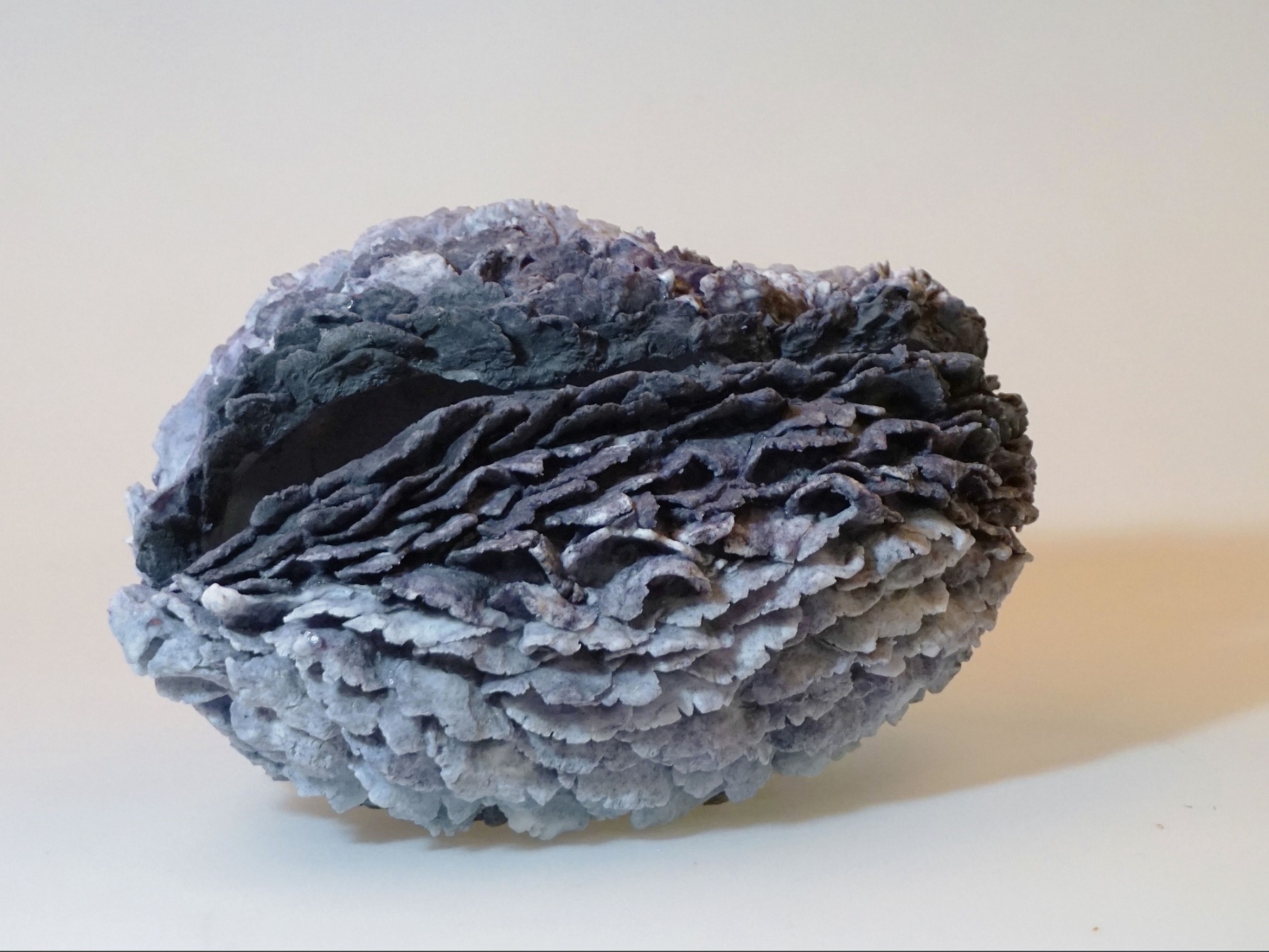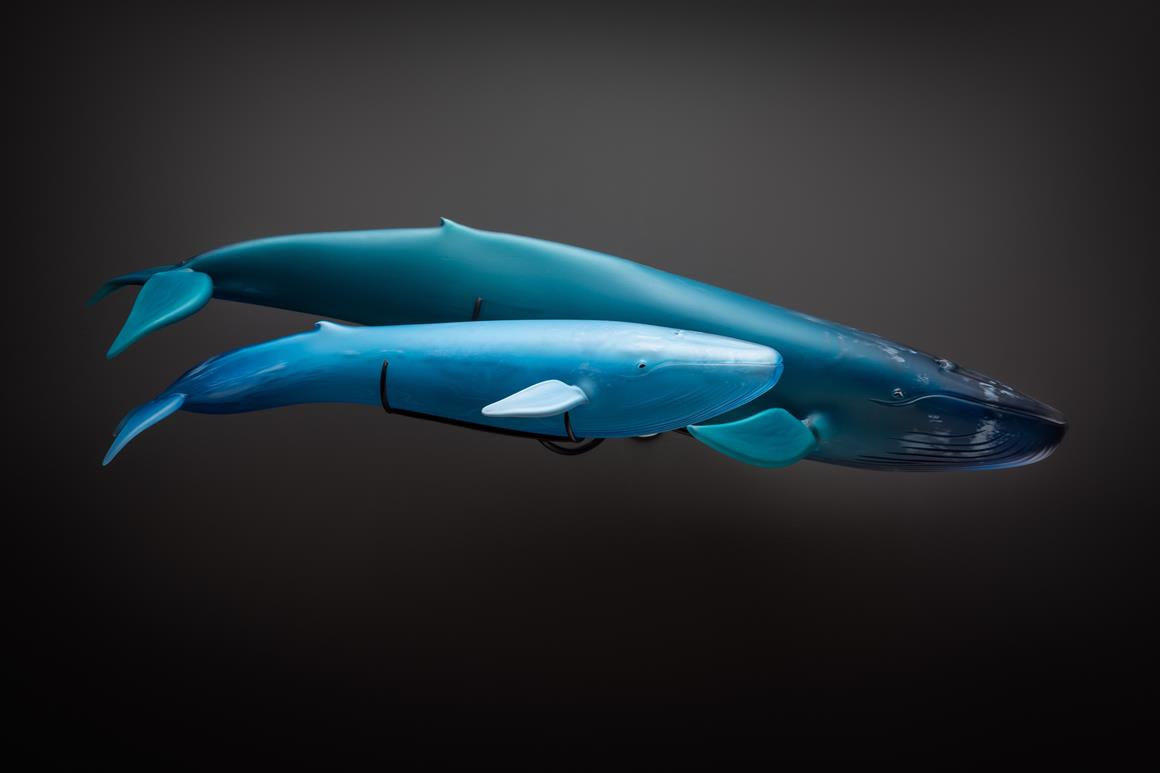For the first time in its 40-year history, the "Young Glass" survey exhibition of new talent has traveled from Denmark’s Glasmuseet Ebeltoft — which, from its location in the old port of the town of Ebeltoft, has hosted the once-every-10-year event for the past four decades — to an additional venue. The second location is appropriately enough, another port and the site of a former shipyard in Sunderland, England, that now hosts The National Glass Centre at the University of Sunderland. This edition of "Young Glass" includes the works of 57 of “the finest young, international artists working in glass” (in this case, "young" being defined as being born after January 1, 1982) from 18 countries. The exhibition introduces fresh perspectives and innovative works to an area eager to cultivate and revive its artistic and cultural life.
Sunderland is an appropriate location for this exhibition, given both its rich history of glass making and its recent efforts to revive the area after a steady decline in the presence of major industries. The National Glass Centre dates the beginning of Sunderland’s history of glass making to 674 AD. This tradition continued into the 20th and 21st centuries with the production of commercial glassware, but industry moved to France in 2007. Between 2007 and 2012, Northeast England developed the highest unemployment rate in the country. Twenty-five percent of children in Sunderland live in poverty and its young adults are unemployed at higher than average rates. In the face of this, the city has been seeking to revive itself by supporting its “cultural life.” Sunderland lost to Coventry in the City of Culture bid for 2021, but still contends that all the hard work that went into preparing this bid will be used to revive the city.
The National Glass Centre and the University of Sunderland have been dedicated, in their words, “to continuing the legacy of glass making, supporting and nurturing new glassmaking talent through The University of Sunderland’s Glass and Ceramics Degree Programme and fostering an enthusiasm and understanding of the material through a rich and varied exhibitions and learning and participation programme.” The Centre further aims to “celebrate Sunderland’s glass making and industrial heritage, inspire a sense of civic pride and contribute to the economy of our City.” Given Sunderland's effort to encourage and continue its tradition of glass making, an exhibition of young glass artists seems like the perfect supplement to its efforts.
Followers of the National Glass Centre’s Twitter page are able to see some of the art being placed on display, such as Mother (humpback whales) created by Seattle-based artist Raven Skyriver. The exhibition will also feature works like Natsuki Katsukawa’s Microworld Specimen, Zuzana Kubelkova’s My Chemical Romance (a pairing of glass sheets filled with sodium acetate that is heated and cooled in an endless process of thawing and crystallization), Rui Sasaki’s Weather Chandelier (a work whose brightness varies based on the weather) and Sunderland-based Erin Dickson’s Window_4 (a water-jet cut kiln-formed glass panel with an image of a building in Sunderland). Given the variety of works on display, "Young Glass" will help to connect Sunderland to talented artists from around the world and to inspire audiences with innovative works in glass.
IF YOU GO:
Young Glass
Through September 9, 2018
National Glass Centre
Liberty Way
Sunderland, UK SR6 0GL
Tel: 0191 515 5555
Website: http://www.nationalglasscentre...







